Outline of follow-up observations
So far, the Darvish Yu Water Fund has implemented 15 projects with the contribution of Darvish Yu and others. We have made follow-up observations with our local partners in order to understand the current and changing situations at two of our project sites. At both sites, No. 11 (Thailand, 2017) and No. 12 (Pakistan, 2018), we confirmed that the facilities constructed with the Fund’s support are still working well and are being properly maintained and managed by the beneficiaries. In addition to an improvement in water and sanitation conditions at the project sites, the learning environment for students has also improved. The beneficiaries again expressed their gratitude for the Water Fund’s support.
We made these follow-up observations in order to understand the following two points:
- Current condition of facilities constructed by the projects and the water and sanitation situation at the project sites
- Changes for the beneficiaries
11th project: Thailand
Overview of the project : For details, please visit here
Project title : Providing sustainable water for domestic, agricultural and drinking purposes at Sahamit Wittaya School
Local partner : Sustainable Community Foundation
Project period : April to December, 2017
Project site : Sahamit Wittaya School, Chiang Mai Province, Thailand
Beneficiaries : 650 (600 students and 50 teachers)
1.Background
- Sahamit Wittaya School had no stable water source available to the students and teachers.
- The supply of drinking water from the well was diminishing, and the river water, used for domestic purposes, was subject to seasonal fluctuations.
2.Main activities
- Water supply and storage system with 15 tanks and pipes
- Training in Operations and Maintenance
- Workshop for students and community
3.Outcomes
- 600 students and 50 teachers at Sahamit Wittaya School now have sustainable water for domestic, agricultural and sanitation purposes.
- The cost of electricity for pumping ground water has decreased.
- Students, teachers, and community members have acquired necessary skills in construction as well as knowledge of the importance of cooperation.
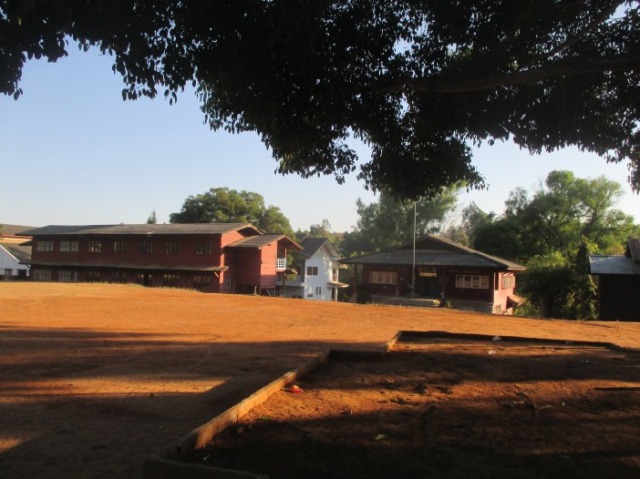
Sahamit Wittaya School(dry conditions)
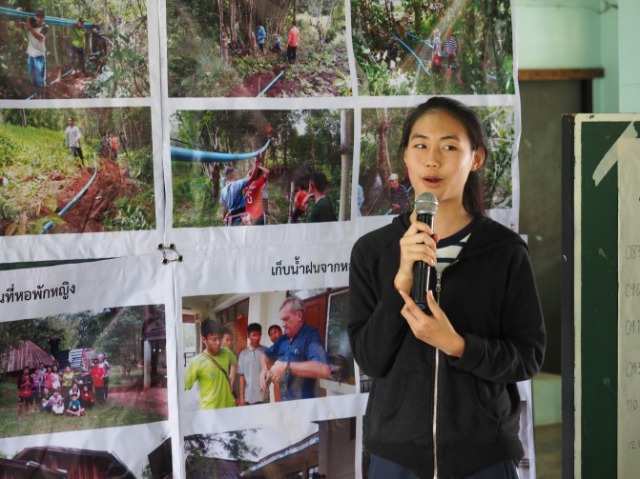
Student presentation at workshop
Follow-up observations in 2022
Local partner: Sustainable Community Foundation
Follow-up visit date: October 14, 2022
1.Current condition of facilities and water and sanitation situation at the project site
- The school’s water system, including tanks, pipes, and gutters, is in good condition and has been functioning as planned.
- The canal and rainwater tanks are supplying the school with sufficient water throughout the year.
- The teacher who received maintenance training during the project is still responsible for maintenance and operations. Several boys work as volunteers with the teacher on maintenance tasks.
2.Changes for the beneficiaries
- Students’ access to water, which was the biggest issue, has improved and they now have enough water for sanitation.
- The students used to suffer from skin diseases caused by contaminated water, but now sanitary conditions have improved and skin diseases are no longer seen.
3.Voices of the beneficiaries
-No problems have arisen with maintenance of the facilities.
Teacher in his 40s, in charge of operation and maintenance
-We dug another well, but the water quality is not good. I would like to learn how to make a sand filtration tank to treat water.
-It’s nice to have enough clean water. I often talk about the clean water with my friends.
Female student in her 10s
Follow-up Visit
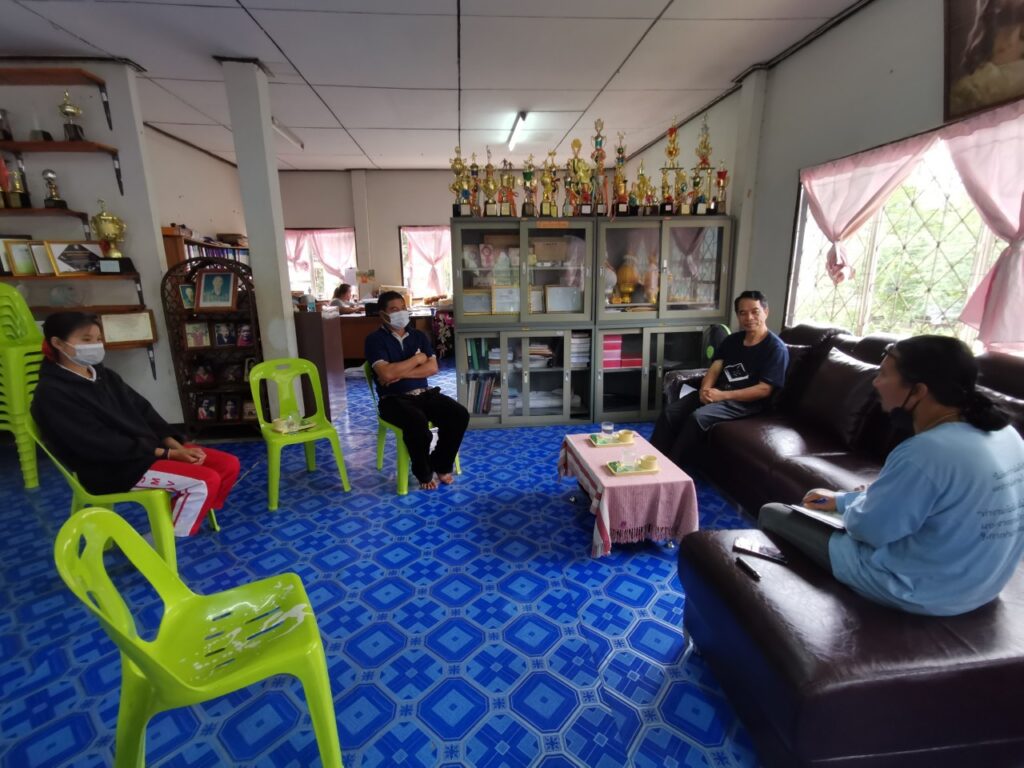
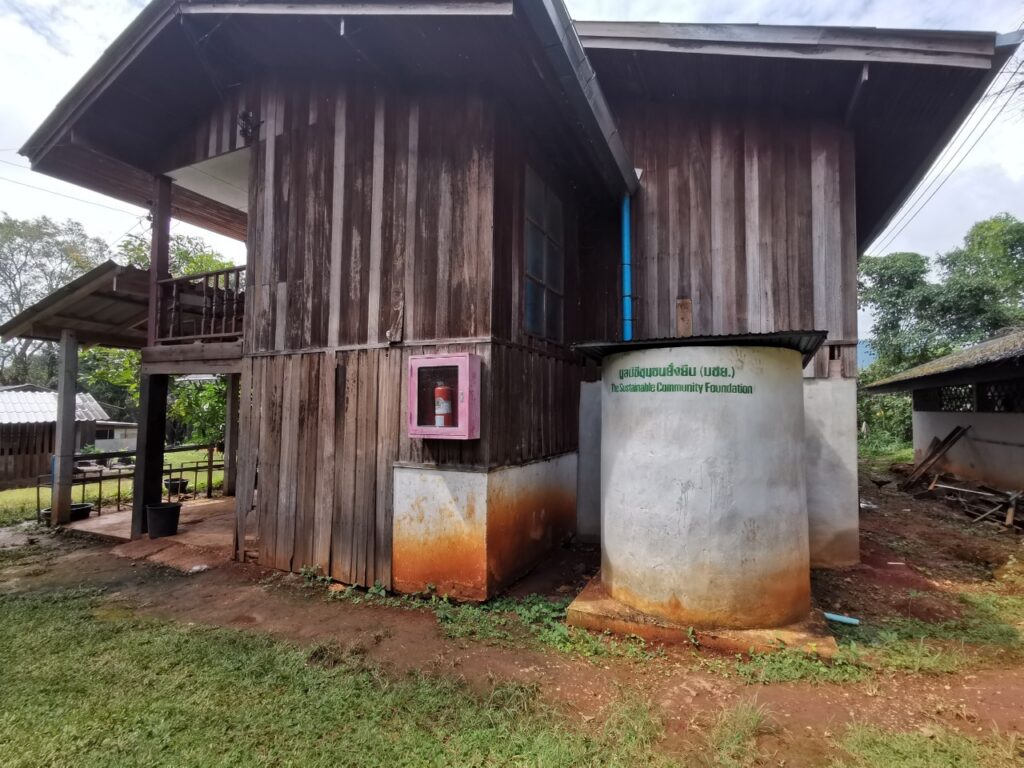
in good condition
12th project: Pakistan
Overview of the project: For details, please visit here
Project title : Provision of Safe and Clean Drinking Water for Flood Affected People in Dosehra Village
Local partner : Shama Social Village Development Organization
Project period : June to November, 2018
Project site : Dosehra Village, Khyber Pakhtunkhwa province, Pakistan
Beneficiaries : 52 households(now 55 households)
1.Background
- The village is located in an area vulnerable to natural disasters, particularly flooding, as the River Kabal and the Jindi Canal are nearby. In addition, a tributary canal flows within 2 to 3 kilometers of the village.
- In 2010, a large part of the village was badly affected by flooding and many lives were lost. Also crops, houses, and drinking water infrastructure, such as wells and hand pumps, were damaged. Fifty percent of the population was living without clean water.
2.Main activities
- Constructing 10 wells with hand pumps
- Holding 2 public awareness programs and operations and maintenance training
3.Outcomes
- 52 households have gained access to safe and clean drinking water through 10 new wells with hand pumps.
- 100 residents have become more aware of hygiene practices through education.
- 10 men were trained to operate and maintain the hand pumps.
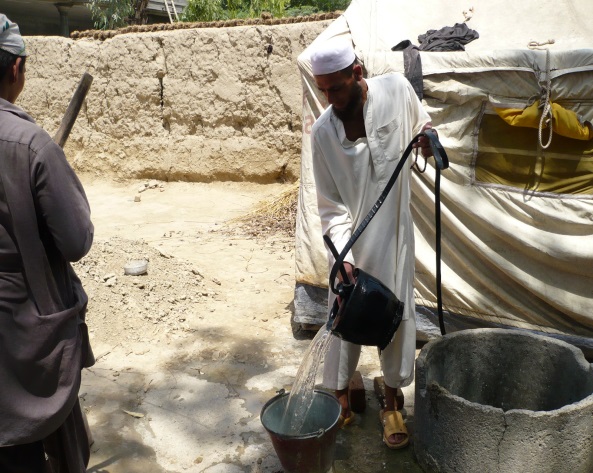
Well with deteriorated water quality due to flooding
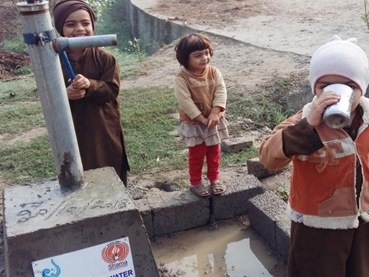
Children drinking water from a new well
Follow-up observations in 2022
Local partner : Shama Social Village Development Organization
Follow up visit date : November 3 to 4 , 2022
1.Current condition of facilities and water and sanitation situation at the project site
- All 10 hand pumps are working properly as per the plan and are providing clean water to the local community in the target area.
- The project committee collects monthly donations from the beneficiaries and has used the money to repair three hand pumps so far.
- The committee is still instructing beneficiaries on using the wells and pumps properly whenever necessary.
2.Changes for the beneficiaries
- Compared to before the project, morbidity due to water-borne diseases in the project area has decreased significantly.
- Many people outside the project area have learned from the beneficiaries and adopted basic health principles, due to which morbidity among their population has also declined.
- There have been positive changes to habits within communities, including preventing water wastage, not pooling used water in one place, and covering water storage containers overnight.
3.Voices of the beneficiaries
-We keep a list of weekly and monthly activities so project committee members can fulfill their functions. Each member shares their time and responsibilities so that the project is maintained.
Man in his 40s, project committee member
-Before, we were not be able to get water at night, but after completion of the project we have a source of water nearby even at night.
Woman in her 30s
-Diseases caused by dirty water have decreased in our family, especially among the children.
-I often talk about this project with my friends and I give them clean water from the hand pump.
Male student in his 10s
-Now that we don’t have to go far to fetch water we can reach school on time and don’t lose study time anymore.
-Since ompletion of the project, my brothers and sisters have stopped getting diseases caused by dirty water and our medical costs have gone down.
Follow-up visit
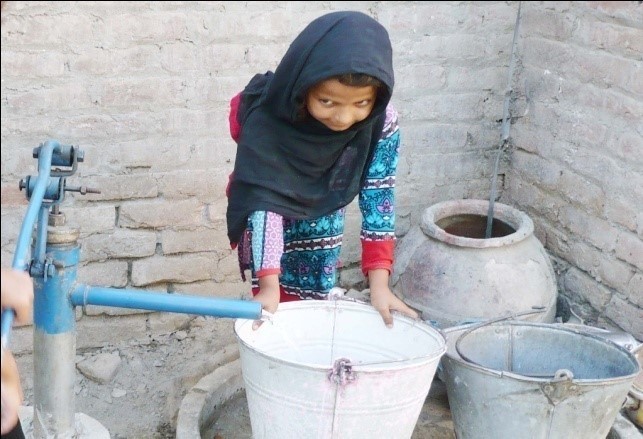
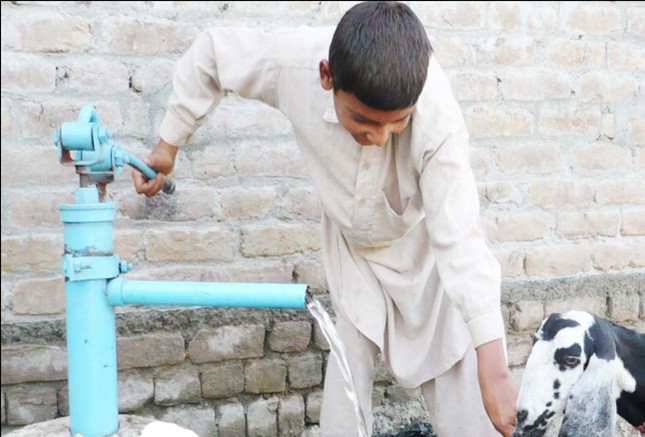
Summary
We have confirmed through our follow-up observations that the facilities constructed with the Darvish Yu Water Fund’s support have been working well and are being properly maintained and managed by the beneficiaries. The projects have improved not only the water and sanitation situation at the project sites, but also the learning environment for children. In addition, there have been positive effects on the neighborhoods surrounding the project sites and we found the impacts of the projects to be greater than expected. The beneficiaries again expressed their appreciation for the Darvish Yu Water Fund’s support.
We would like to thank Mr. Darvish, all of our donors, local partner organizations, residents of the target areas, and the many others who have contributed to the Fund.
(Reported by TABATA Miyo, Manager)
